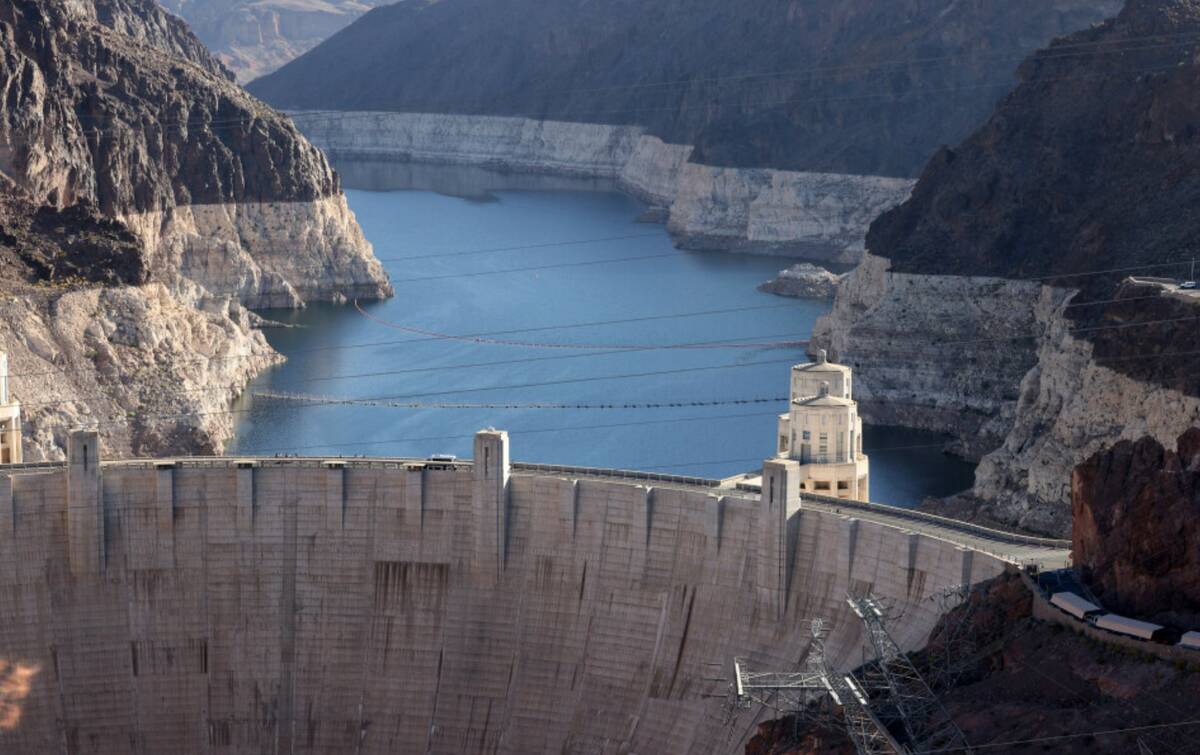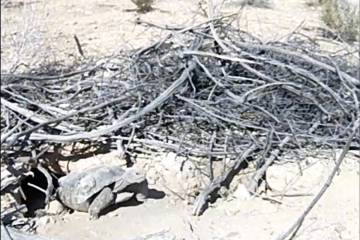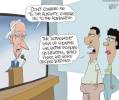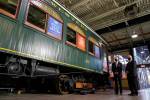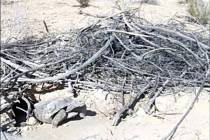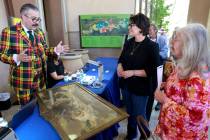These critical buoys will track Lake Mead water quality, weather
Keeping tabs on the future of the West’s most precious water resources soon will get easier with the National Park Service’s plan to install five new buoys.
Back when weather buoys were first installed in 2016, Lake Mead became the first inland water body to have them, said Mark Sappington, the Lake Mead National Recreation Area’s chief of resource management and interpretation. The nearest weather readings came from McCarran International Airport, now known as Harry Reid International Airport, before then.
The new buoys, replacing a set that became too old to use, will record wave intensity and wind speed — a necessary and welcome upgrade to give boaters up-to-date information they need to navigate the lake, Sappington said. Visitors need to keep a pulse on weather to plan their lake excursions, especially considering some trips have turned deadly.
“There’s a lot of excitement to get them back out there,” Sappington said.
The National Park Service will use $250,000 in federal funding designated to track and combat climate change from The Disaster Relief Supplemental Appropriations Act to support the effort.
Sappington said the park service will finish placing them in five locations throughout the lake by the summer, which is when people use the lake the most. The agency also has an extra buoy that can be deployed if one becomes damaged or unusable.
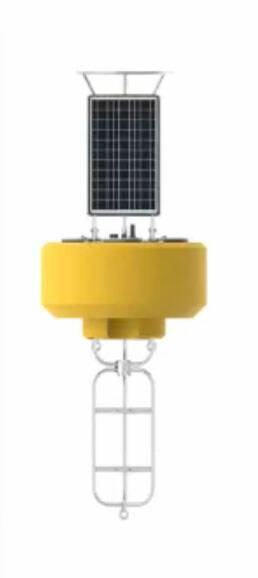
In addition to transmitting more accurate information to the National Weather Service, the buoys will help the Southern Nevada Water Authority track water quality over time.
The water authority operates its own set of six buoys on Lake Mead — the most consequential of which is located close to where water is drawn out. Among the important data points it tracks are pH levels, how clear the water is, how well it conducts electricity and how much oxygen is dissolved in it.
From the new weather buoys, scientists at the water authority are most interested in using wind speeds in particular, said Deena Hannoun, a manager who works on water quality projections for the agency.
Wind speed contributes to how fast the water is mixing, which can have an effect on potential algae blooms and dissolved oxygen levels.
“If you want your model to be accurate and defensible, you need wind data that’s as accurate as possible,” Hannoun said.
Lake Mead is nestled downstream of protected parks, making threats to water less of a concern, said Todd Tietjen, regional water quality manager for the water authority.
However, added data will help keep water scientists up to speed on the state of the water body that makes up about 90 percent of Southern Nevada’s water supply.
“More data is always better,” Tietjen said. “Now, we can ensure that we know what the quality of the water entering the treatment system is and therefore can ensure the safety of the water leaving it.”
Contact Alan at ahalaly@reviewjournal.com. Follow @AlanHalaly on X.



